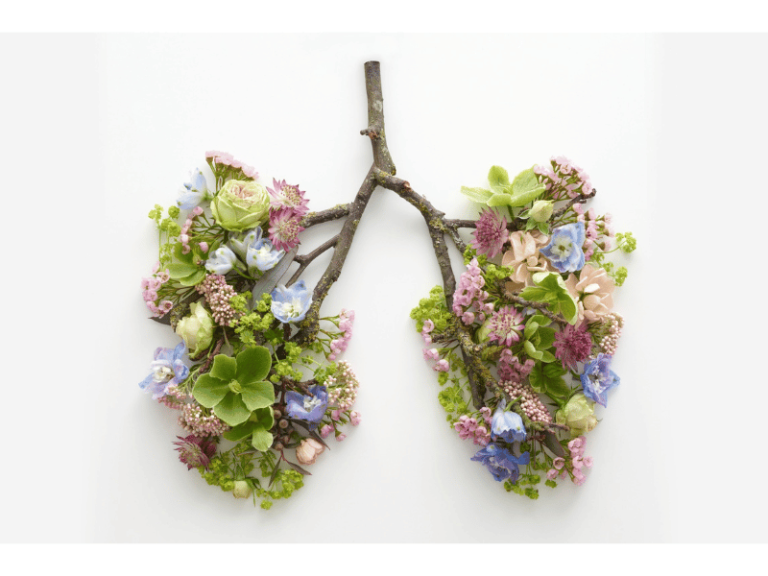People constantly breathe in oxygen and exhale carbon dioxide. This is true for humans, as well as for animals like cows, horses, dogs, and pigs. However, it’s peculiar that crops, despite lacking nostrils, also undergo continuous respiration. During the daytime, plants primarily conduct photosynthesis, absorbing carbon dioxide and releasing oxygen. But at night, in the absence of sunlight, photosynthesis ceases, and plants primarily respire, taking in oxygen and releasing carbon dioxide.
To demonstrate this phenomenon, one can easily prepare a bottle and a glass of clear lime water. Simply gather some grass or pick leaves, place them in the bottle, seal it tightly, and then place the bottle in a dark corner overnight. The next day, pour some clear lime water into the bottle. Surprisingly, the lime water turns milky white!
This happens because during the night, these plants respire continuously, releasing a large amount of carbon dioxide. Lime water contains calcium hydroxide, which reacts with carbon dioxide to form a white precipitate — calcium carbonate.
Despite not having nostrils for intake and outtake of gases, plants breathe through their entire bodies and their surfaces. Gases enter and exit through small pores and membranes on the plant’s surface, where they take in oxygen and release carbon dioxide.
Because plants respire, it’s important to note the conditions in places like dark and poorly ventilated root cellars. Over time, stored fruits, vegetables, and seeds release increasing amounts of carbon dioxide, which can cause discomfort or even fainting. Thus, before entering such places, it’s advisable to ventilate them to refresh the air.
In some storage warehouses, deliberately introducing additional carbon dioxide is beneficial. It prevents bacterial growth and slows down the respiratory processes of fruits, vegetables, and seeds, reducing heat production and enhancing preservation.

